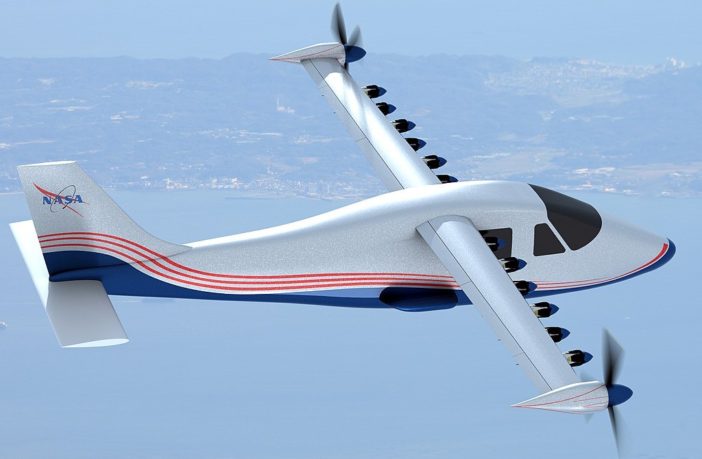That’s a fair question to ask ourselves, given the number of electric cars greening our streets. We asked Smithsonian Mag why electric aircraft are not following suit. They answered, “because batteries need to get lighter and more efficient before we use them to power energy-guzzling airplanes.” We were not entirely satisfied with their response. We wanted to know why there are no commercial electric airplanes flying across our skies.
The Current Challenges Facing Electric Airplanes

Forgive the pun, but the greatest challenge holding electric airplanes back appears to be the power to weight ratio. This is the amount of energy we can store for a given amount of weight of the in-flight energy source.
You see, heavy lithium-ion batteries beneath the floor of electric cars keep tires glued to the road. Whereas they prevent electric airplanes from taking off. The Smithsonian Mag explains, “The best batteries store about 40 times less energy per unit of weight than jet fuel. Jet fuel contains about 14 times more usable energy than a state-of-the-art lithium-ion battery. That makes batteries relatively heavy for aviation.”
So That Makes Commercial Electric Airplanes Too Heavy To Fly?
Currently yes – that pun slipped through again –although we hope this will change soon. Batteries are still too heavy for commercial aviation. Weight is already a huge challenge for commercial airlines. You will experience this first hand when a checkin clerk micro-measures your carry-on bag. However electric flight is becoming practical for small airplanes if we think laterally.

The Smithsonian Mag thinks we will have to wait a while longer for commercial electric airplane transport. However small battery-powered drones are another matter, they say. “We looked at how much energy a small battery-powered aircraft capable of vertical take-off and landing would need.”
Some of these launch straight up like helicopters. And then shift to a more efficient airplane mode by rotating their propellers or entire wings during flight. Before they transition back to helicopter mode for landing.
Others are somewhat more like conventional aircraft. Thus electric airplanes could become commercially viable sooner than we think, albeit not in the form we expected.
Related
Norway’s Ambitious Plan for Electric Airplanes
Laser Charging Airplane Batteries: Update
Preview Image: NASA X57-Maxwell-CGI Vertical Take-Off and Lander




